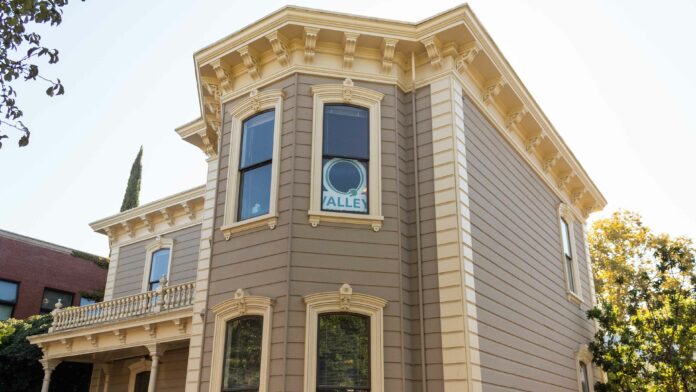Energy provider is looking to own transmission and distribution infrastructure within Yolo County
Valley Clean Energy Alliance, the electricity provider for the City of Davis, recently proposed a $300 million bid for the assets owned by Pacific Gas and Electric (PG&E) within Yolo County. The goal of the proposal is to transfer control of the infrastructure used to distribute energy to customers, like power lines and poles, to Valley Clean Energy and is being submitted as part of PG&E’s bankruptcy proceedings.
Valley Clean Energy, a Community Choice Energy program, is a partnership between Woodland, Davis and unincorporated Yolo County.
Lucas Frerichs, a board member of Valley Clean Energy and a member of the Davis City Council, said Valley Clean Energy is currently responsible for the purchasing and selling of electricity used by the county. This offers more renewable energy options than PG&E’s services.
“We are intentionally buying or procuring greener, more renewable energy — more so than PG&E is providing,” Frerichs said. “One of the main reasons for this effort is that we think a locally-controlled utility would be better and more responsive to the needs of our customers.”
Don Saylor, a representative from the Yolo County Board of Supervisors on Valley Clean Energy’s Board of Directors, said PG&E’s bankruptcy proceedings have given Community Choice Energy programs around the state another legal path to acquire electrical infrastructure.
“In the bankruptcy proceeding, some of the issues are likely to be resolved much more quickly and efficiently because it’s a more efficient court process,” Saylor said.
If approved, the bid would allow Valley Clean Energy to control the transmission and distribution infrastructure while continuing its role in purchasing and selling electricity. This would eliminate PG&E’s role in Yolo County’s energy system, and it could turn Valley Clean Energy into a municipal utility district.
“For our customers, it would be a little more simple,” Saylor said. “They would see that both the transmission and power supply would be from Valley Clean Energy.”
The prospect of Yolo County having its own municipal utility district is a long way off, as placing the bid is only the first of many steps before the proposal can be approved. Even if it is approved, more restructuring and reorganization would occur for Valley Clean Energy, according to Jim Parks, Valley Clean Energy’s Director of Customer Care and Marketing.
“If we municipalized and acquired the assets, we’re going to need to increase the technical side dramatically,” Parks said. “You’re going to need people to work on substations — transformers. You’re going to have to have linemen to help install new lines and repair lines.”
Saylor added that there is a possibility to contract with other programs.
“We would need to increase our capacity for maintenance and operations,” Saylor said. “Currently, we don’t have that kind of a role, so this would mean that we would probably contract with another provider or expand our operations.”
Though the transition is destined to take several years, the short-term effect on customers’ bills remains uncertain. As Jim Parks said, however, the long-term financial effects for customers could be worth the change.
“Once you pay off the bonds, now you’re free from the debt,” Parks said. “You’re not for profit. Your rates are definitely going to be lower than investor-owned utility rates.”
Community Choice Energy programs, also called Community Choice Aggregations, have been forming in California over the last ten years. They have been providing customers with more options for greener alternatives than investor-owned utilities. The 19 Community Choice Energy programs in California serve roughly 10 million customers, or a third of the population of California.
“Our bid is not the only one that’s being submitted by Community Choice Energy programs,” Saylor said.
Other Community Choice Energy programs around the state, such as San Francisco’s CleanPowerSF, have placed bids as well, Saylor said. Since many Community Choice Energy programs are considering the same transition, Valley Clean Energy would have a lot of other energy programs to learn from.
“There’s a lot of people in the industry that can help you with setting those things up to ensure everything is in place,” Parks said. “Plus, there are federal, state and local regulations and ordinances and so forth that ensure the health, safety and viability of the system.”
Written by: Madeleine Payne — city@theaggie.org




